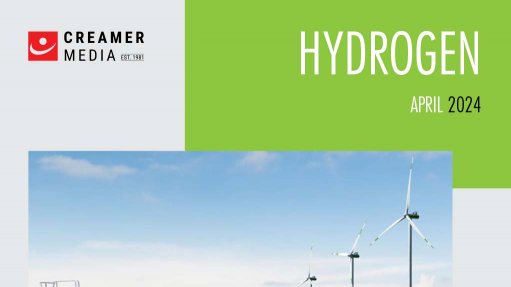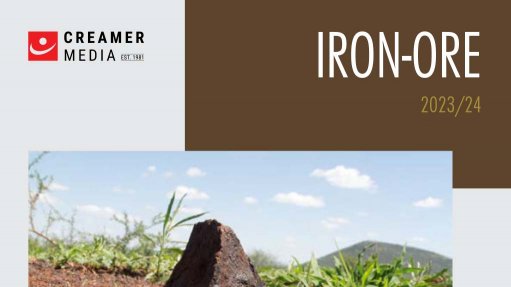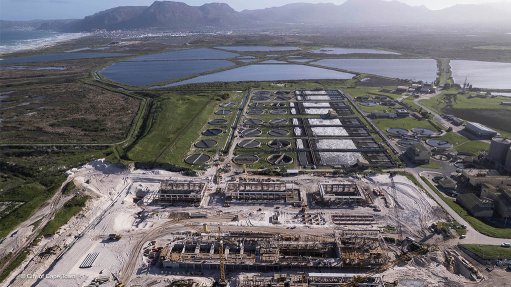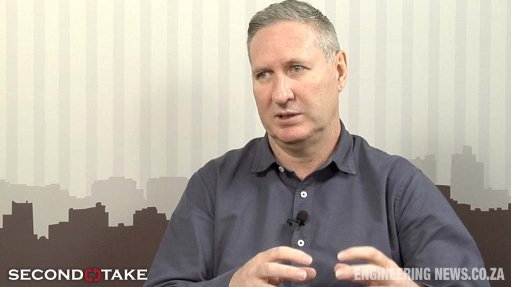A quick review of existing maintenance concepts
This article has been supplied as a media statement and is not written by Creamer Media. It may be available only for a limited time on this website.
Most capital-intensive organisations have years of experience in performing preventive maintenance on installations, systems and physical assets. In every industry, specific standards, legislation, rules, and points of attention are taken into account when performing maintenance. However, these aspects can change. Modifications also take place, and installation parts no longer fulfil a function during the life cycle. Over time, the need arises to re-examine maintenance concepts. An asset owner or asset manager wants to know whether their risks are still covered and if sufficient maintenance is done.
In this article, we discuss the approach of a quick review of existing maintenance concepts. This approach helps to quickly and systematically assess which adjustments and improvements are possible, putting an organisation firmly on the path towards developing sustainable asset management.
Optimisation versus quick review
Practice shows that staff, time, resources, and data are often insufficiently available to thoroughly assess and optimise maintenance concepts within organisations. That is why Pragma developed a methodology to do a quick review of maintenance concepts. This quick review takes less time and effort than a thorough assessment, and we see it as a prelude to extensive optimisation if there is a need for that. New knowledge and experience regarding the assets are included
in the quick review. Optimisation of a maintenance concept goes a step further – it assesses the efficiency of maintenance and whether it complies with the three golden rules:
1. It is technically feasible
2. It reduces risk
3. It is economically profitable.
The quick review approach
In the quick review of a maintenance concept, Pragma consultants apply the model in the figure below. It is a systematic reassessment of the maintenance concept. First of all, it must be clear which type of asset(s) are involved: which asset(s) or installation parts are included in the scope of the maintenance concept, and which operational context is it? Once all starting points and preconditions are clear, a start can be made on categorising all objects to efficiently use time and resources to carry out the failure analysis later on.
Assumptions
During the functional analysis, the “backbone” of the asset, installation or system will be viewed from its physical or functional decomposition. By also understanding the functions, the process and the operational context, a basis is created for smartly clustering the assets. This is necessary because machines and installations often consist of thousands of objects or components and so it is not feasible to perform failure analyses within a realistic time frame while maintaining quality.
Functional analysis and failure analysis
Among other things, the failure analysis will deal with the reassessment of the criticality and the performance of the data analysis. In general, it can be said that the data grows during the life cycle. This is an essential input for adjusting maintenance intervals, for example. The data quality can determine the chosen risk method. Usually, a Failure Mode and Effects Analysis (FMEA) is an opportunity to get started qualitatively. By including new data and applying other risk methodologies such as a Fault Tree Analysis (FTA), better insight is gained into failure behaviour and reliability.
Development of maintenance concept
After the failure behaviour has been re-evaluated, the following aspects are re-evaluated to fine-tune the maintenance concept further:
- Existing maintenance tactics and strategies
- Maintenance tasks
- Assessing whether all risks have been identified that could potentially arise when performing maintenance
- Clustering maintenance tasks (again)
- Identifying possible fallback actions when risks cannot be mitigated
- The spare parts policy.
Implementation of maintenance concept
To secure the changes, they are implemented in preventive maintenance plans that are stored in the maintenance management system. Finally, documentation will be updated. It describes what the new starting points were for the failure analysis and risk assessment. The next step could be to test whether maintenance is efficient and effective by looking at failure patterns, Mean Time Between Failure (MTBF) data, spare parts and other relevant aspects.
Next steps
With this approach, a maintenance or reliability engineer can review the maintenance concept in a relatively simple manner and determine where improvement is possible. Depending on the results of the quick review and your organisation, goals and budget, you can choose to optimise the maintenance concepts further.
More information about maintenance concepts
Pragma has extensive experience in drafting, reviewing and optimising maintenance concepts for various customers. This can be done per project or continuously. We use the Power Suite software tool for this. Please feel free to contact us for more information.
Comments
Press Office
Announcements
What's On
Subscribe to improve your user experience...
Option 1 (equivalent of R125 a month):
Receive a weekly copy of Creamer Media's Engineering News & Mining Weekly magazine
(print copy for those in South Africa and e-magazine for those outside of South Africa)
Receive daily email newsletters
Access to full search results
Access archive of magazine back copies
Access to Projects in Progress
Access to ONE Research Report of your choice in PDF format
Option 2 (equivalent of R375 a month):
All benefits from Option 1
PLUS
Access to Creamer Media's Research Channel Africa for ALL Research Reports, in PDF format, on various industrial and mining sectors
including Electricity; Water; Energy Transition; Hydrogen; Roads, Rail and Ports; Coal; Gold; Platinum; Battery Metals; etc.
Already a subscriber?
Forgotten your password?
Receive weekly copy of Creamer Media's Engineering News & Mining Weekly magazine (print copy for those in South Africa and e-magazine for those outside of South Africa)
➕
Recieve daily email newsletters
➕
Access to full search results
➕
Access archive of magazine back copies
➕
Access to Projects in Progress
➕
Access to ONE Research Report of your choice in PDF format
RESEARCH CHANNEL AFRICA
R4500 (equivalent of R375 a month)
SUBSCRIBEAll benefits from Option 1
➕
Access to Creamer Media's Research Channel Africa for ALL Research Reports on various industrial and mining sectors, in PDF format, including on:
Electricity
➕
Water
➕
Energy Transition
➕
Hydrogen
➕
Roads, Rail and Ports
➕
Coal
➕
Gold
➕
Platinum
➕
Battery Metals
➕
etc.
Receive all benefits from Option 1 or Option 2 delivered to numerous people at your company
➕
Multiple User names and Passwords for simultaneous log-ins
➕
Intranet integration access to all in your organisation



















